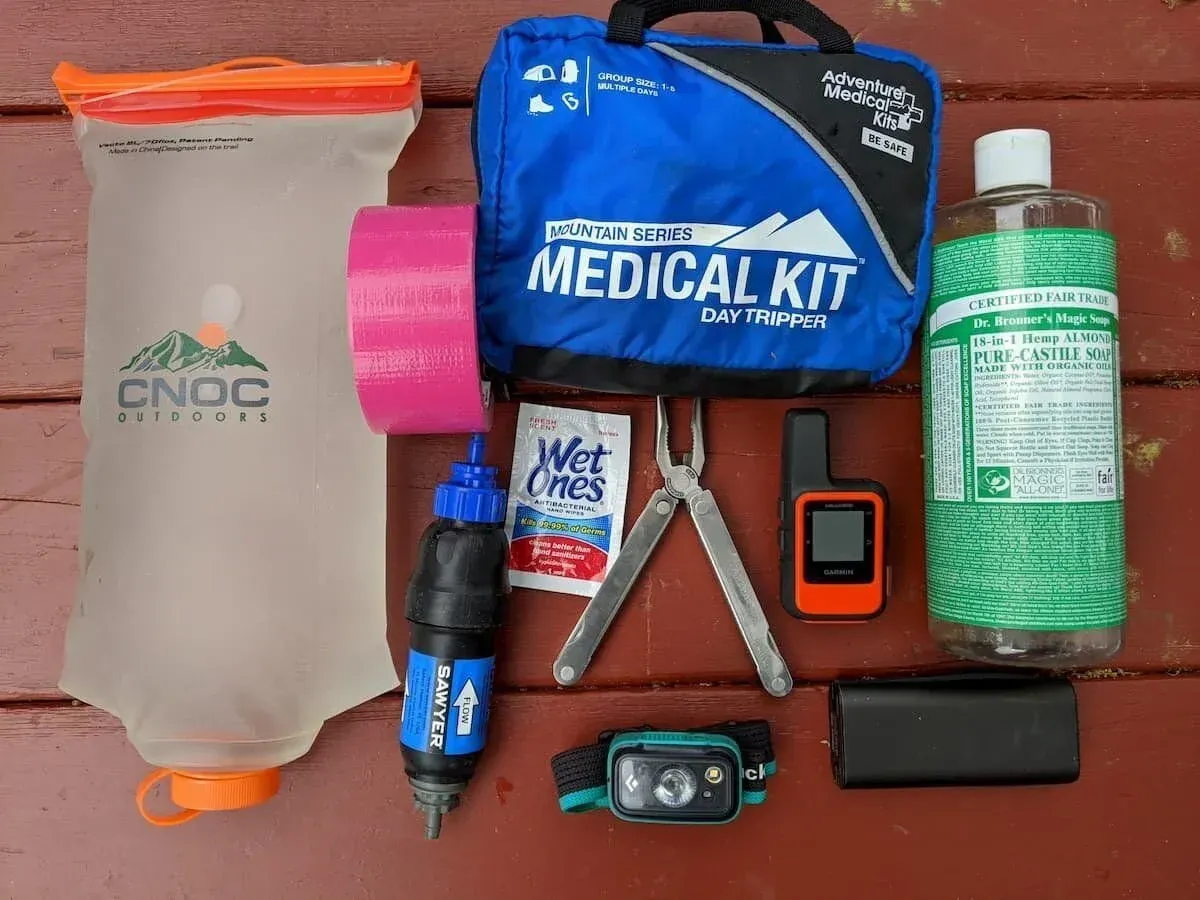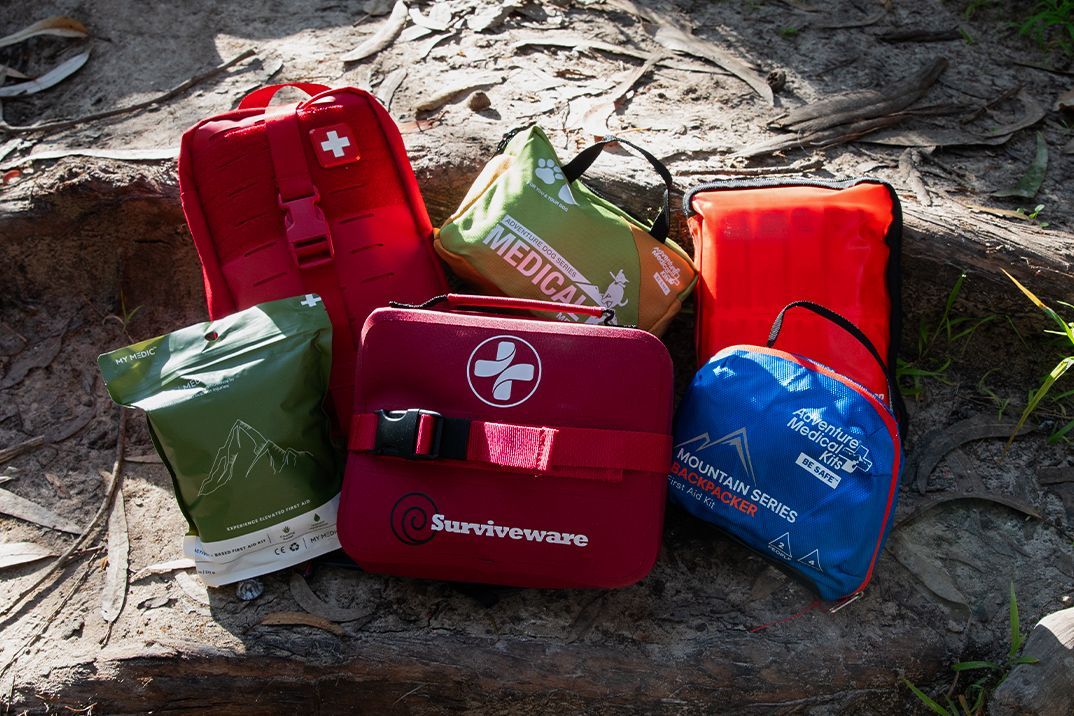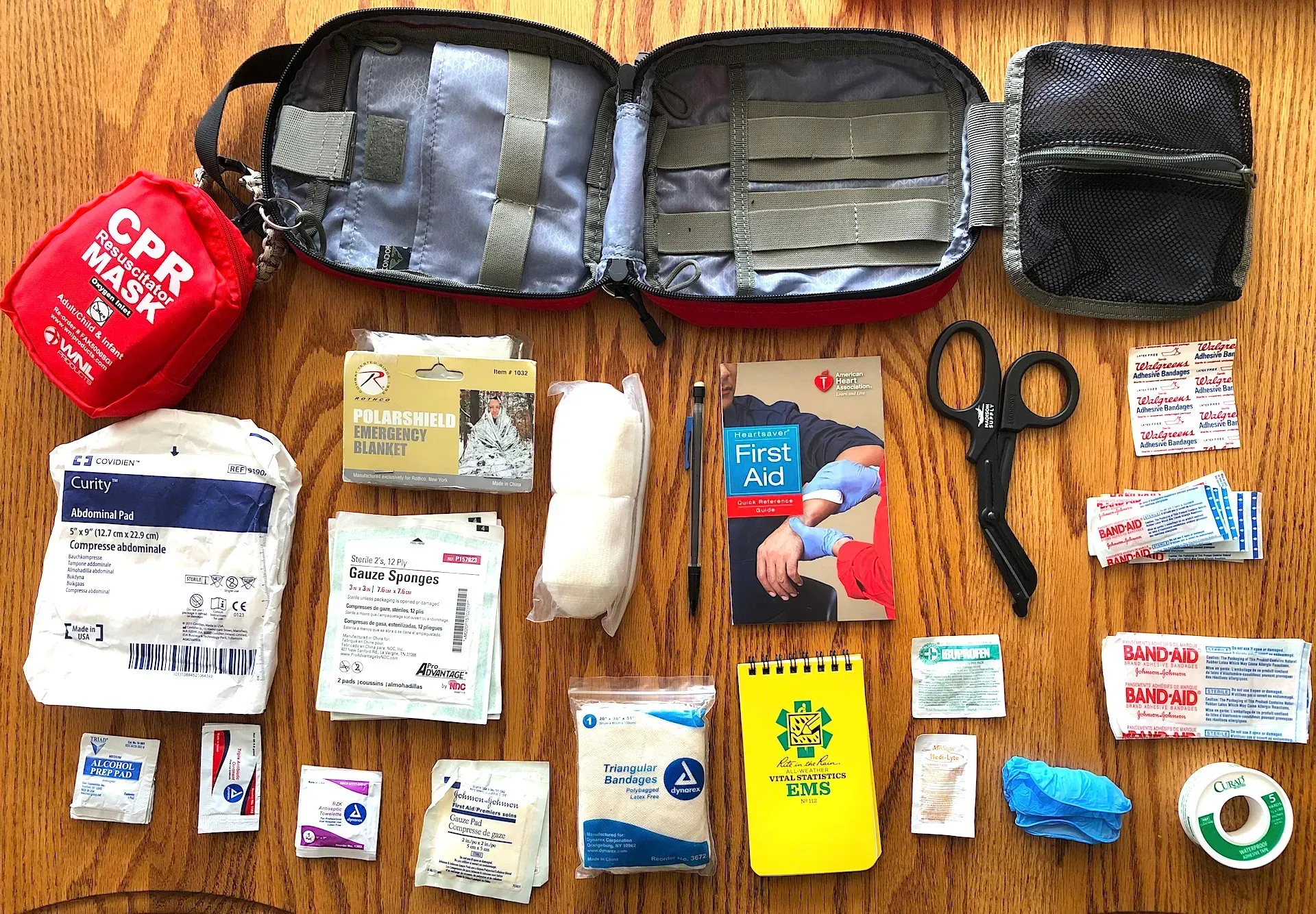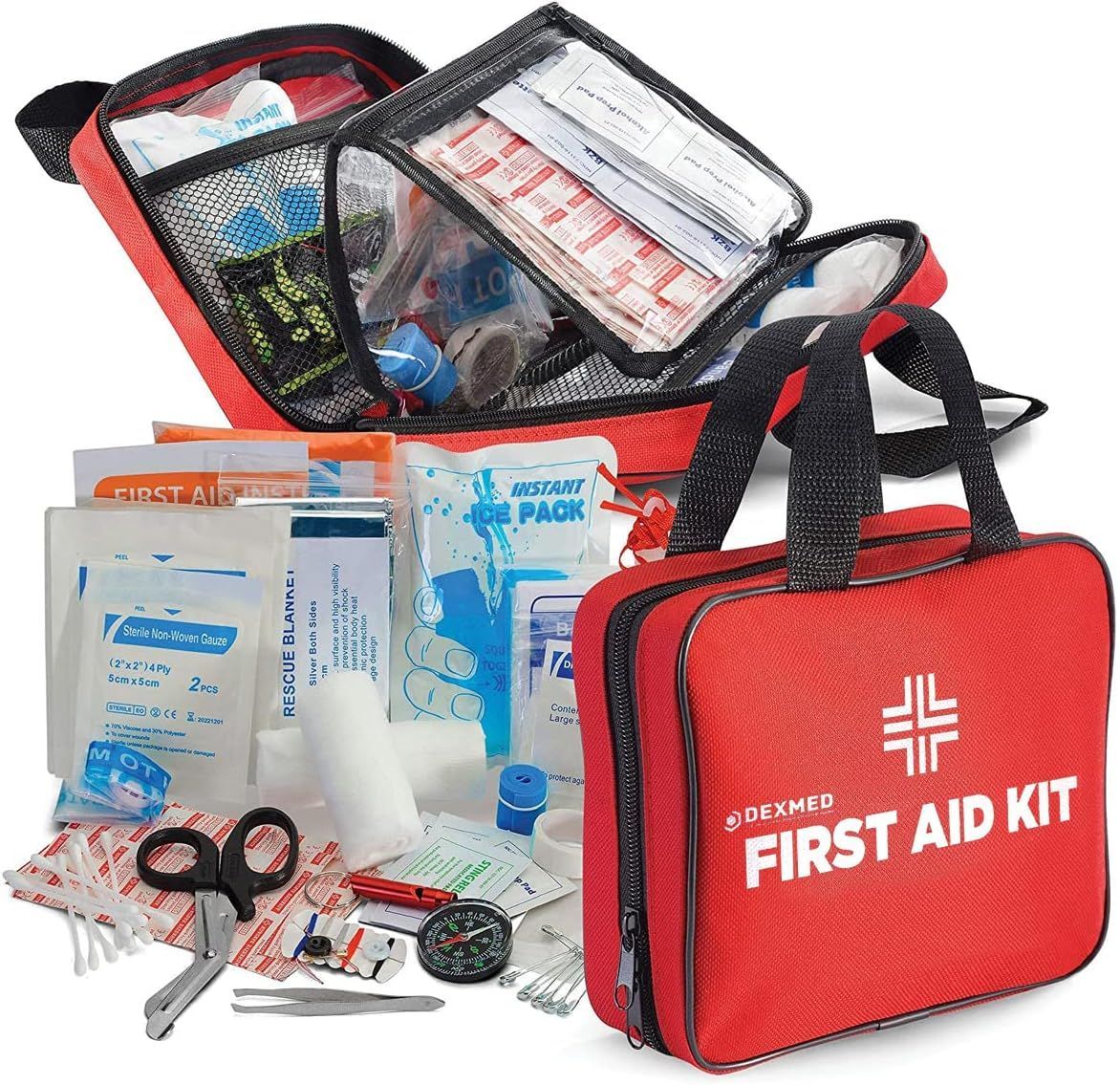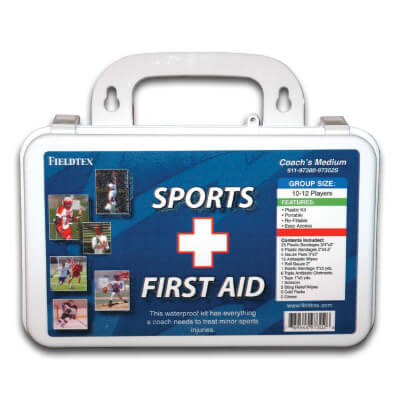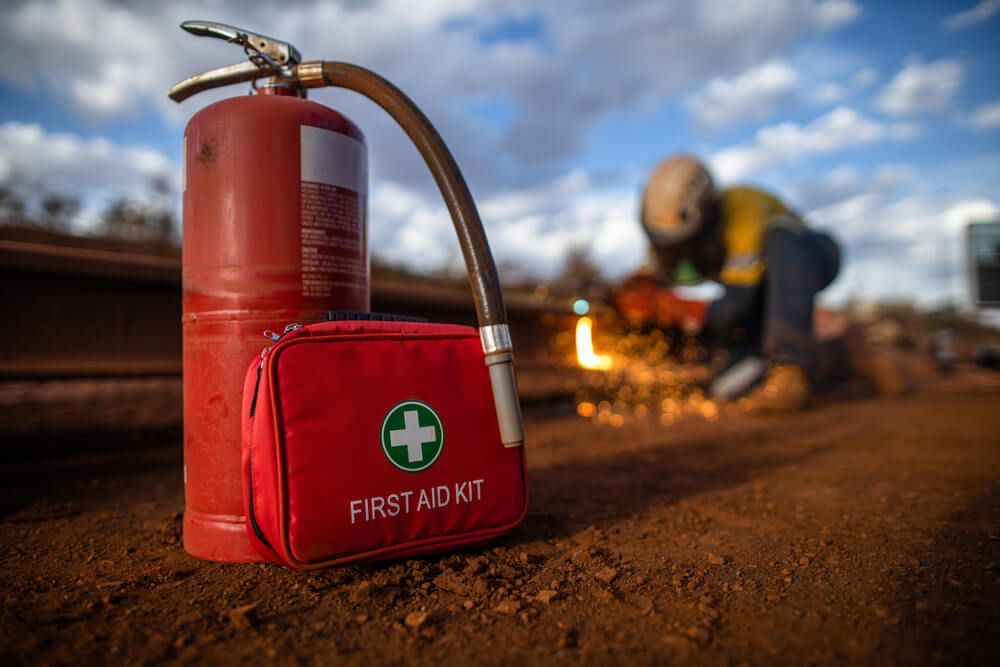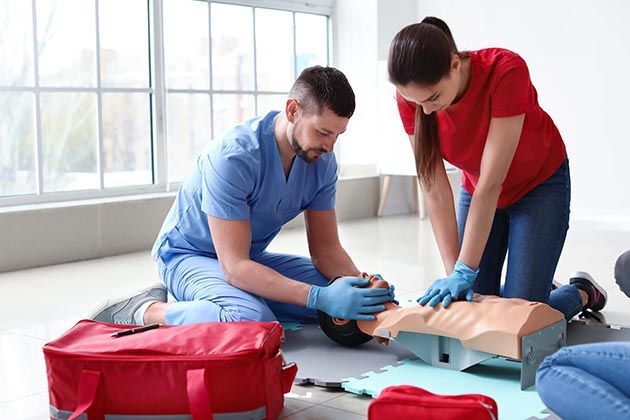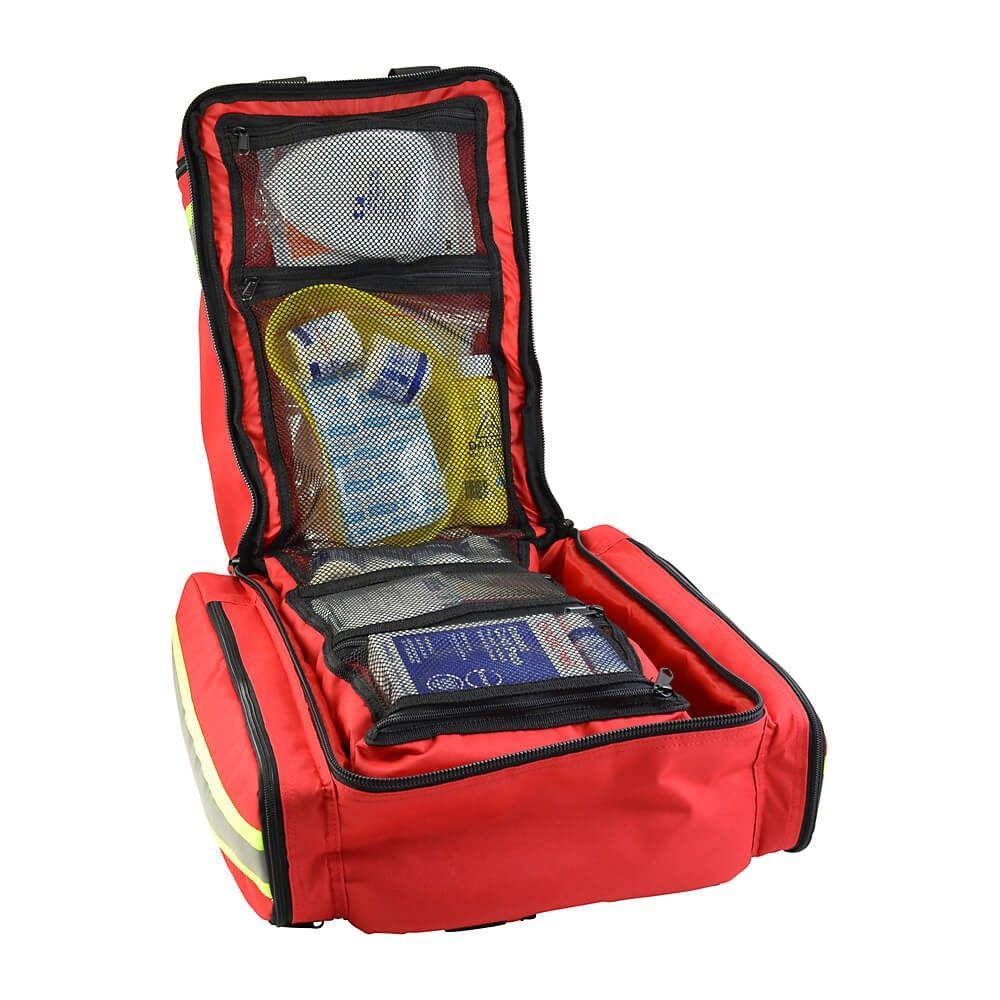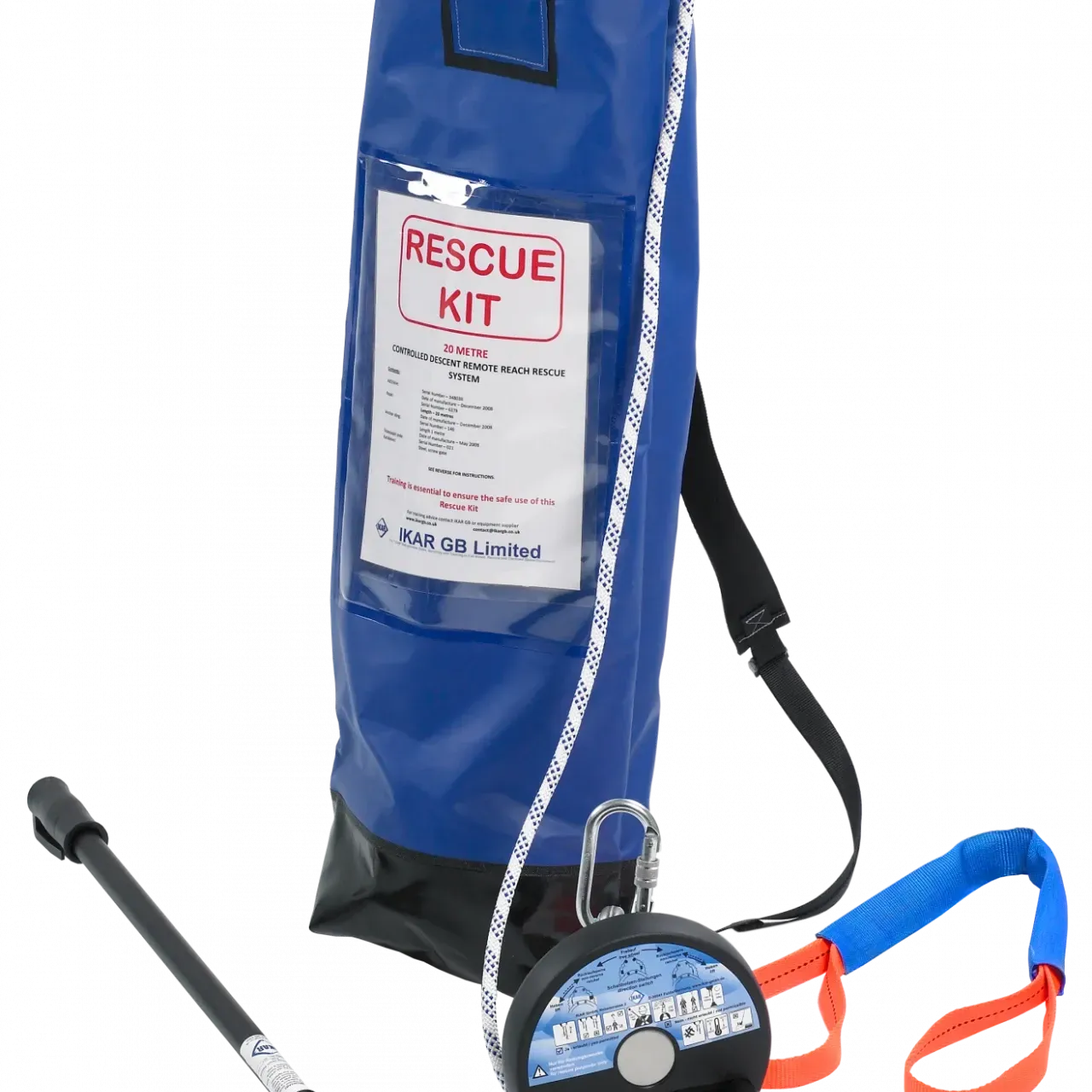Can You Take a Rapid Rescue Kit on a Plane or Keep One in a Car?
TLDR;
Yes, you can legally keep a Rapid Rescue Kit in your vehicle and use it on the job. These kits are ideal for people who work on the road, in industrial sites, or in environments where medical help may not be immediately available.
Why Rapid Rescue Kits Matter for Mobile Workers and High-Risk Environments
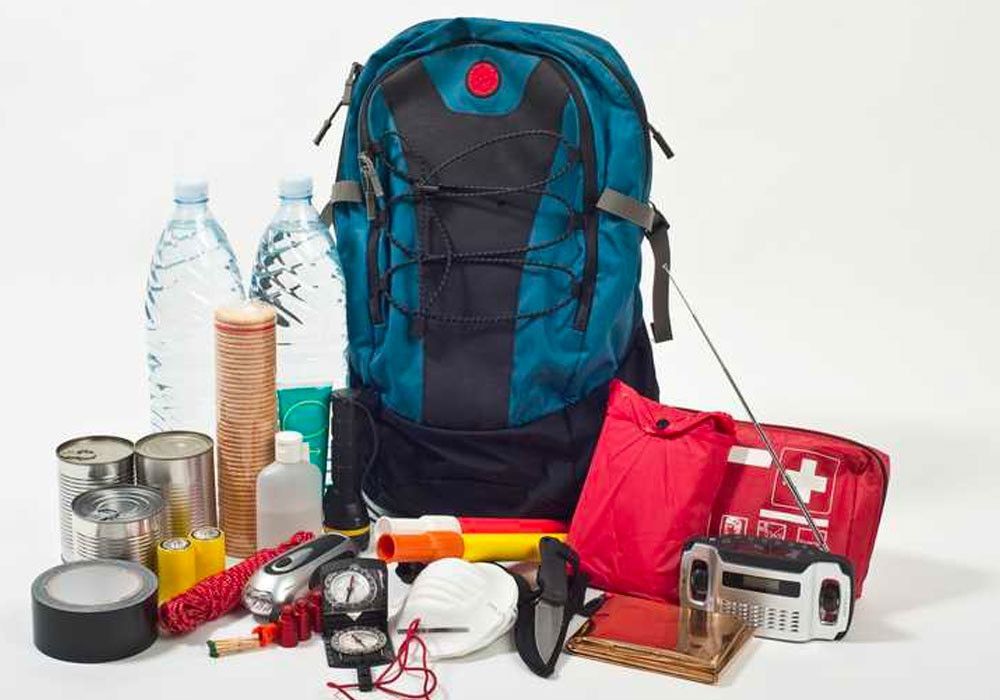
Rapid Rescue Kits are compact, purpose-built trauma response kits that help stabilize injuries until emergency services arrive. They go beyond a basic first aid kit, offering serious tools for serious situations — like major bleeding, blunt trauma, or heavy machinery incidents.
If you're a long-haul trucker, construction crew lead, warehouse operator, or field technician, a Rapid Rescue Kit can be a critical resource. They’re designed to travel with you, stay accessible, and support real-world emergencies — whether on the highway, at a job site, or inside a remote work zone.
What’s in a Rapid Rescue Kit? (And Why It’s Not Just a First Aid Kit)
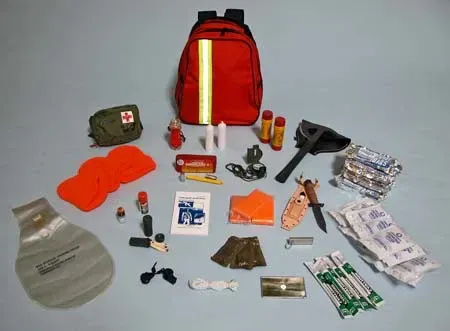
Unlike standard first aid kits that deal with cuts and scrapes, Rapid Rescue Kits are packed with components designed for high-impact injuries and trauma.
Common contents include:
- Tourniquets for bleeding control
- Hemostatic gauze for clotting
- Pressure bandages and wraps
- Trauma shears
- Chest seals
- CPR shields or face masks
- Emergency thermal blankets
- Medical tape and gloves
- Saline wipes or compact antiseptic items
These kits are assembled for ease-of-use and fast deployment — not clinical treatment. They’re meant for responders, team members, and individuals who might face emergencies in unpredictable environments.
Keeping a Rapid Rescue Kit in Your Car or Work Truck
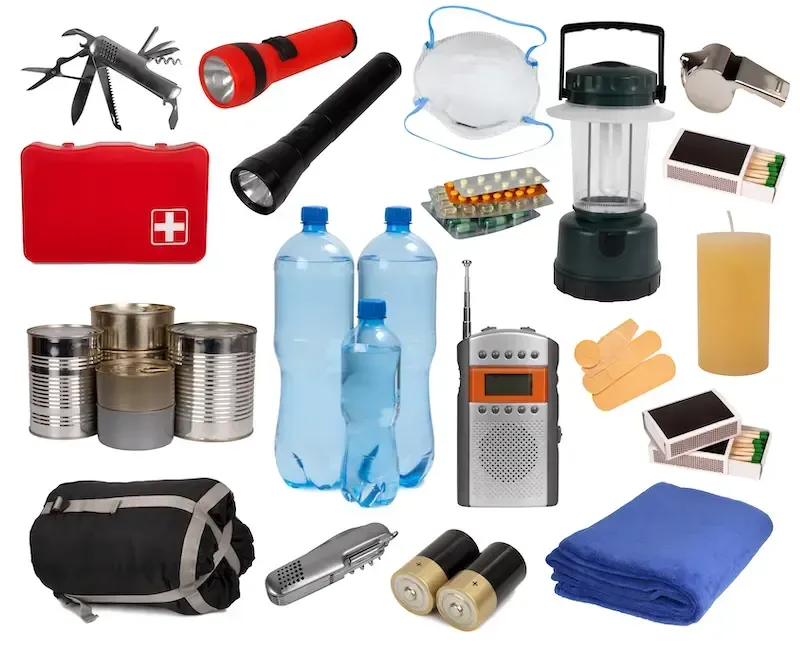
Vehicles are often the first line of response when an incident happens on the road or at a work location. Having a kit in your car ensures you’re not dependent on others when seconds matter.
Storage Tips:
- Avoid excessive heat: Store your kit under a seat or in a climate-controlled compartment.
- Watch for freezing: In cold climates, liquids and some adhesives can be affected.
- Secure the kit: Use straps or mounts to prevent it from becoming a hazard during sudden stops or accidents.
- Protect from moisture: Use waterproof or sealed containers to keep materials sterile.
Legal Note:
There are generally no laws preventing the possession of a trauma kit in a vehicle. However, if your kit includes prescription medications or sharp instruments, ensure they are legally compliant and securely stored.
Best Use Cases for Rapid Rescue Kits in the Field
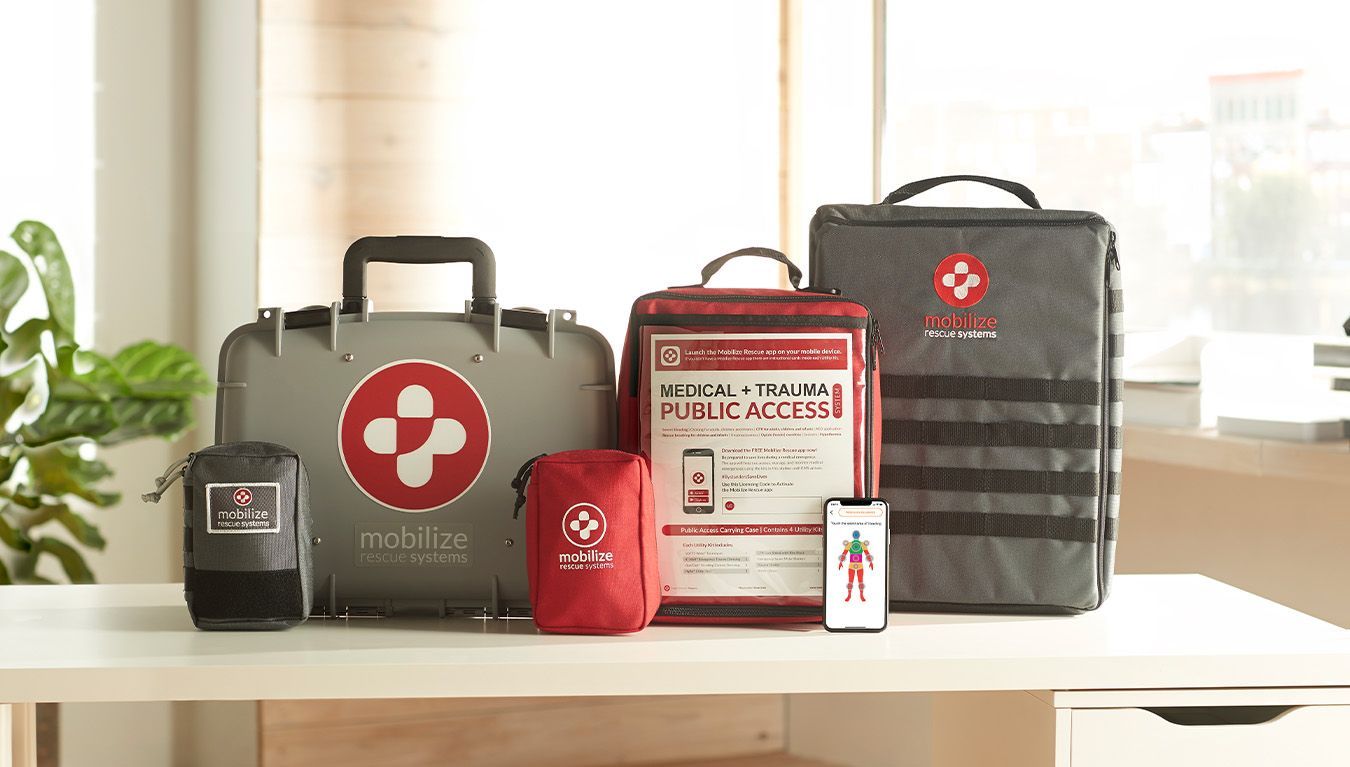
1. Long-Haul Truckers
Drivers often spend long hours in remote areas where EMS response times are delayed. If a crash occurs — to the driver or to others — a Rapid Rescue Kit may provide the necessary tools to address:
- Major bleeding from an accident
- Compression injuries
- Roadside emergencies while waiting for help
Kits can be secured in sleeper cabs or mounted near the driver seat for accessibility.
2. Construction Sites
Heavy machinery, falling objects, and sharp tools all make construction sites high-risk environments. Employers and crew leaders often equip trucks or gang boxes with trauma kits for:
- Falls from heights
- Cuts from saws or grinders
- Equipment-related injuries
Construction-specific kits may include burn treatments or eyewash, depending on the site hazards.
3. Warehouses and Fulfillment Centers
With forklifts, conveyor belts, pallets, and sharp materials, warehouses can be hazardous. Injuries can include:
- Crush injuries
- Cuts or lacerations from packaging equipment
- Impacts during material handling
Having kits stationed near active zones or break rooms provides quick access during emergencies.
4. Oil Fields and Remote Industrial Sites
In oil and gas environments, access to professional medical care may be hours away. These locations often face:
- Burns from chemicals or equipment
- High-impact trauma from tools or rig components
- Slip-and-fall incidents on slick surfaces
Rapid Rescue Kits in this context need to be rugged, portable, and waterproof.
5. Mobile Service Technicians and Utility Workers
Field professionals often work alone or in remote residential areas. A kit in the service vehicle supports:
- Electrical injuries
- Falls from ladders
- Roadside assistance emergencies
Having gear on hand allows them to respond to incidents quickly — for themselves or for others they may encounter on the road.
What Makes a Kit Travel-Ready for the Road?
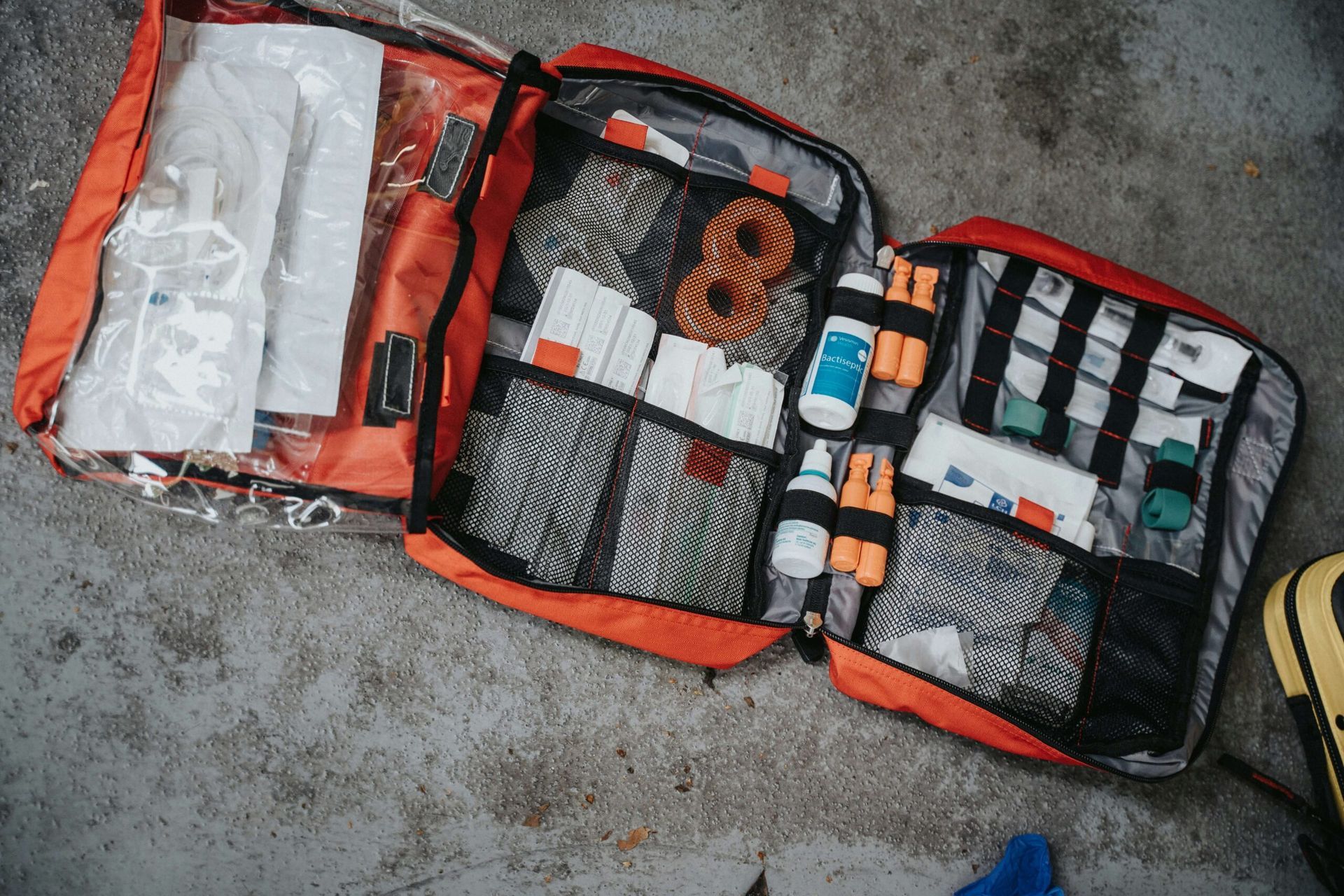
Not all medical kits are equal. Finding the Best Type of Emergency Kit for road and field use means prioritizing features that support mobility and durability. A travel- and job-ready rescue kit should be:
- Compact and lightweight: Fits under a seat or in a side door
- Rugged: Resistant to dust, dirt, and water
- Organized: Includes labeled pouches or compartments
- Modular: Lets you add or remove items based on where you’re working
Rapid Rescue Kits offers multiple kit types built specifically for mobile workers, with MOLLE-ready designs, sealed packs, and easy-to-use layouts.
FAQs – Rapid Rescue Kit Use for Road and Field Professionals

